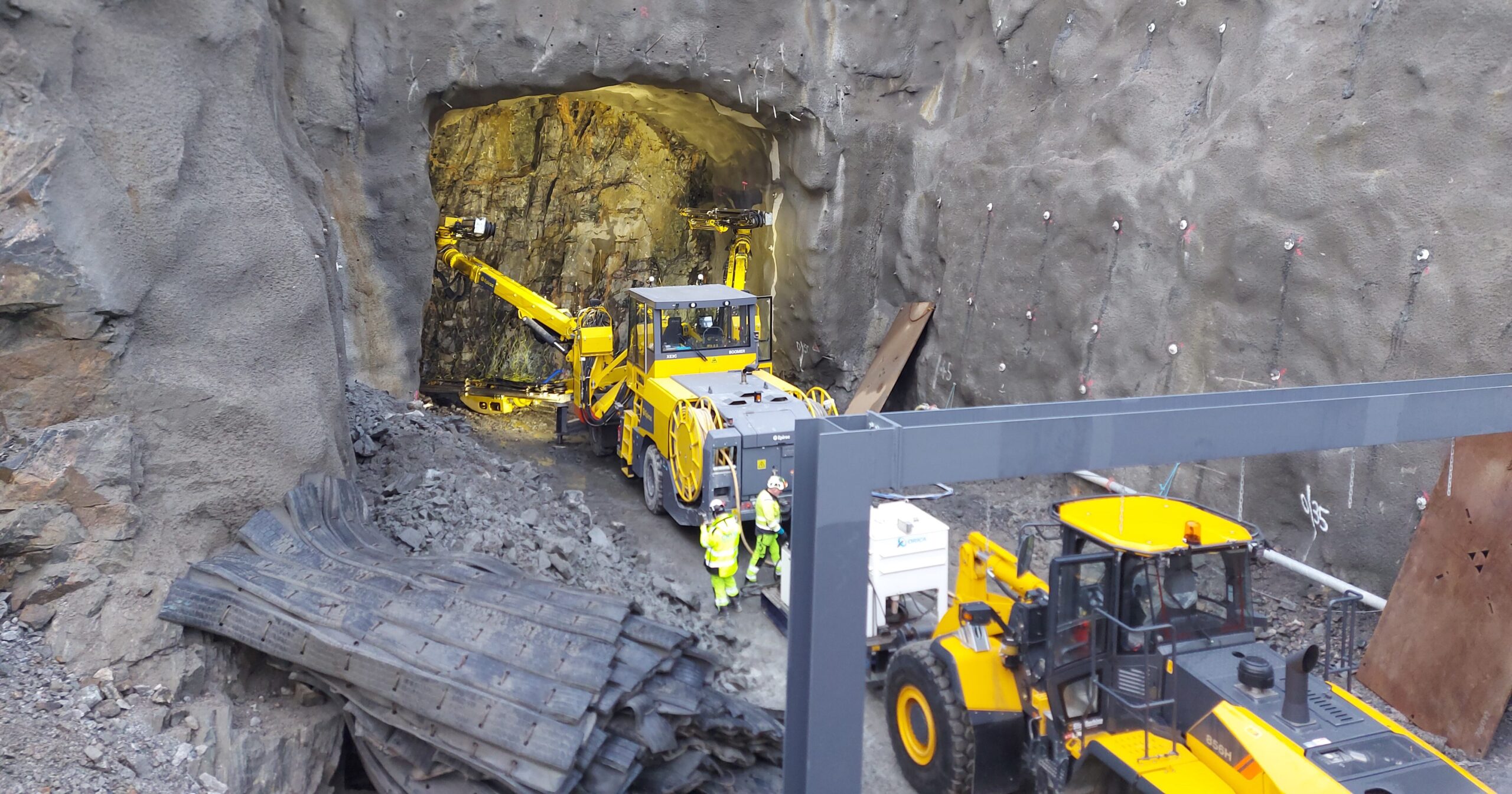M11 Junction 7A achieves BREEAM Infrastructure Excellent
Overview
The £76m M11 Junction 7A scheme has successfully created much-needed new motorway access for Harlow in Essex, alleviating traffic congestion and enhancing connectivity. This ambitious project achieved Excellent BREEAM Infrastructure ratings for both sustainability strategy and performance through innovative design and sustainable construction practices. The new junction has the potential to create up to 3,000 new jobs, demonstrating its impact on local economic growth.
About
Funded by Essex County Council and Highways England, this transformative project aimed to improve access, boost network resilience, and promote sustainable travel options for Harlow and West Essex. The scheme is critical for supporting the area's economic growth and development, showcasing how infrastructure projects can drive regional prosperity.
Background
The M11 Junction 7A project involved constructing a new grade-separated junction on the M11 motorway, encompassing a comprehensive set of improvements:
- New dumbbell roundabouts connected by an overbridge between junctions 7 and 8
- A 0.6km dual carriageway link road to Gilden Way, culminating in the newly constructed Campions Roundabout
- 2km of widened and improved road on Gilden Way
- Enhanced facilities for non-motorised users (NMU), providing safe routes for pedestrians and cyclists
- Environmental mitigation measures including a bat overpass and mammal corridor
These elements collectively contribute to a more efficient and sustainable transport network for the region.
Challenges
The project team faced several significant challenges during the implementation of this complex infrastructure scheme. Minimising disruption to local residents was a primary concern, requiring careful planning and execution of construction activities. Protecting existing vegetation and wildlife presented another challenge, necessitating innovative solutions to maintain ecological balance.
Managing flood risk in the area was crucial, given the potential impact of new infrastructure on local hydrology. Perhaps one of the most unique challenges was the task of translocating betony, a protected plant species. This required meticulous planning and execution to ensure the plant's survival and successful establishment in its new location.
Solutions
BREEAM Infrastructure guided the implementation of several innovative solutions:
Optimised design: The relocation of the M11 overbridge reduced earthworks by 50%, resulting in significant time, cost, and carbon savings. This change also allowed for better positioning of slip roads between existing M11 structures.
Community engagement: A comprehensive stakeholder management programme kept residents informed and involved throughout the project. Key elements included:
- Appointment of a full-time stakeholder manager
- Implementation of a Customer Relations Information System (CRIS)
- Regular distribution of newsletters
Ecological protection: The project prioritised wildlife safety and habitat preservation:
- Creation of safe wildlife crossings, including a 2.4m diameter culvert for mammals and a bat hop-over
- Achievement of a 76.78% increase in high ecological value features
- Replacement of every removed tree with at least two new ones
Resource efficiency: The project emphasized sustainable resource management:
- Use of locally-sourced materials
- Reuse of 90% of excavated materials on-site
- Sourcing of 100% renewable energy for construction
- Implementation of a Materials Management Plan through CL:AIRE, earning a Silver Green Apple Award
Sustainable drainage: Enhanced flood resilience measures were implemented:
- Installation of four attenuation ponds
- Design for significantly greater flood resilience than required by planning regulations
These solutions demonstrate how BREEAM Infrastructure guided the project team in implementing comprehensive sustainable practices across various aspects of the development.
Benefits
The M11 Junction 7A project delivered a wide array of environmental, social, and economic benefits:
Environmental Benefits:
- Biodiversity: Achieved net biodiversity gain, including wildflower translocation, habitat enhancements, and installation of bird and bat boxes
- Resource Management: Implemented circular economy principles for materials and maximized renewable energy use
- Carbon Reduction: Used hydrogen-powered lighting and trialed electric construction equipment
Social and Community Benefits:
- Enhanced Safety: Significant improvements to pedestrian and cycling infrastructure, including an improved combined pedestrian/cycleway along Gilden Way and new toucan crossings
- Community Engagement: Achieved an exemplary Considerate Constructors Scheme score through extensive community engagement
- Noise Mitigation: Implemented Best Available Techniques (BAT) to mitigate construction nuisance
Economic and Infrastructure Benefits:
- Job Creation: Potential to create up to 3,000 new jobs
- Cost Savings: Approximately £2m saved through design optimization and material reuse
- Improved Connectivity: Enhanced access and network resilience for Harlow and West Essex
The project also excelled in integrating with its surroundings:
- Landscape Integration: Carefully designed to harmonize with its environment through landform design, style and detailing, materials selection, and native planting
- Flood Resilience: Enhanced flood resilience measures beyond planning requirements
These benefits collectively demonstrate how the M11 Junction 7A project has not only improved regional infrastructure but also set new benchmarks for sustainable development in road construction.
Summary
Browse more from our latest case studies:

Colwyn Bay coastal defence achieves BREEAM Infrastructure Outstanding

Old St Roundabout awarded BREEAM Infrastructure Excellent

Bybanen D14 Rail Wins BREEAM Infrastructure Very Good






